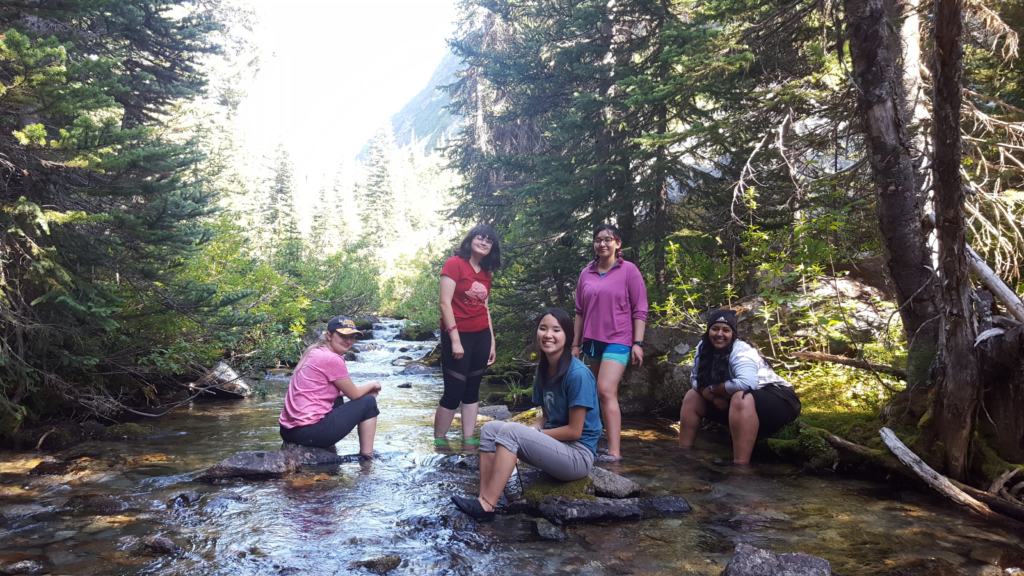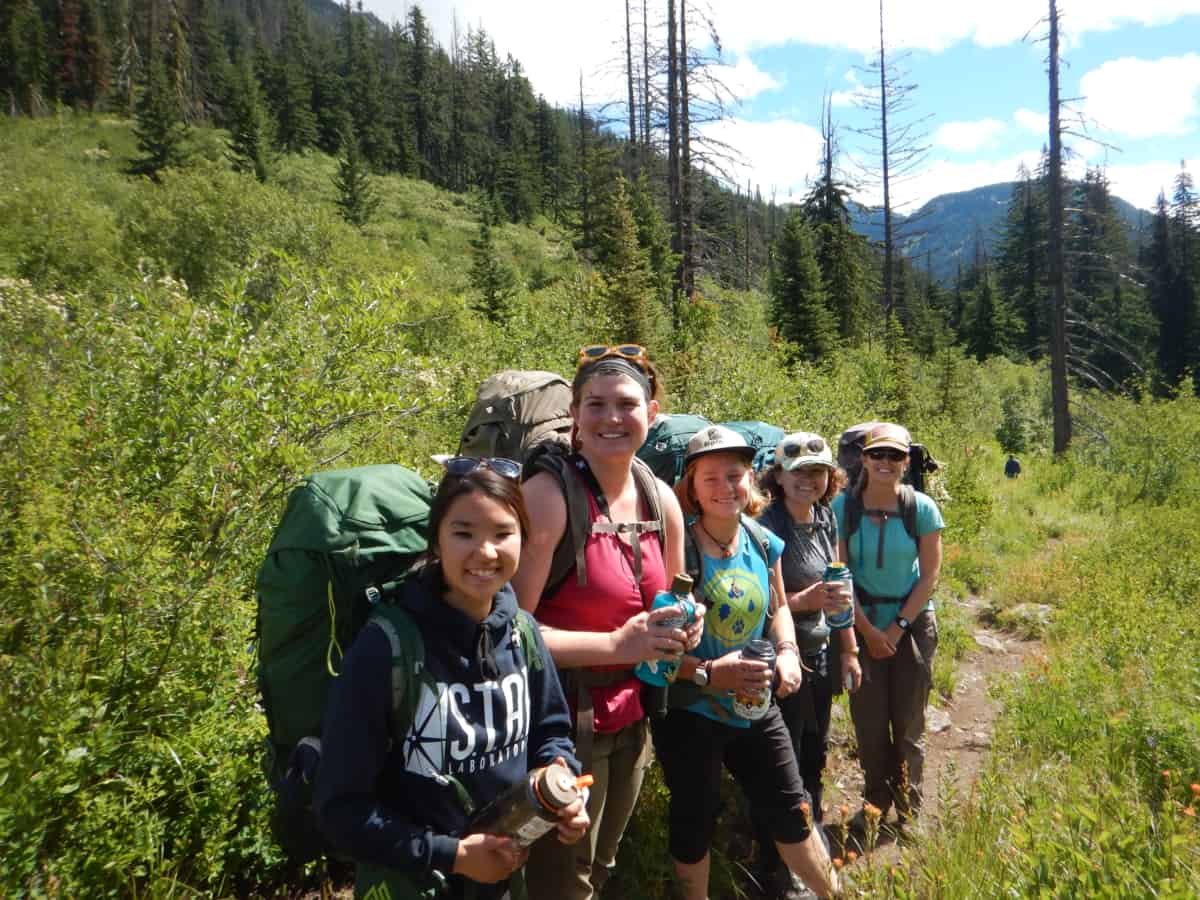
From Youth Leadership Adventurer to Youth Leadership Intern
By Inna Mayer
Summer 2019 YLA Intern
Youth Leadership Adventures holds a very special place in my heart. I remember my first trip as a student about four years ago; it was the summer before my sophomore year in high school, and we went out on the eight-day Outdoor Leadership trip. We paddled up and down Ross Lake and hiked up towards Hozomeen Lake. I didn’t realize it at the time, but we had almost paddled our way into Canada! I was able to really explore the North Cascades for the first time, with a group of amazing people—some I’d gone to school with and others who travelled here from abroad. I look back on my trip and still feel connected with the students I shared this experience with. The stories and inside jokes we shared within such a short amount of time are part of why I love YLA— it was a highlight of my summer! However as an intern for YLA the greatest part was being able to step up as a leader to teach and create lessons and leadership activities!
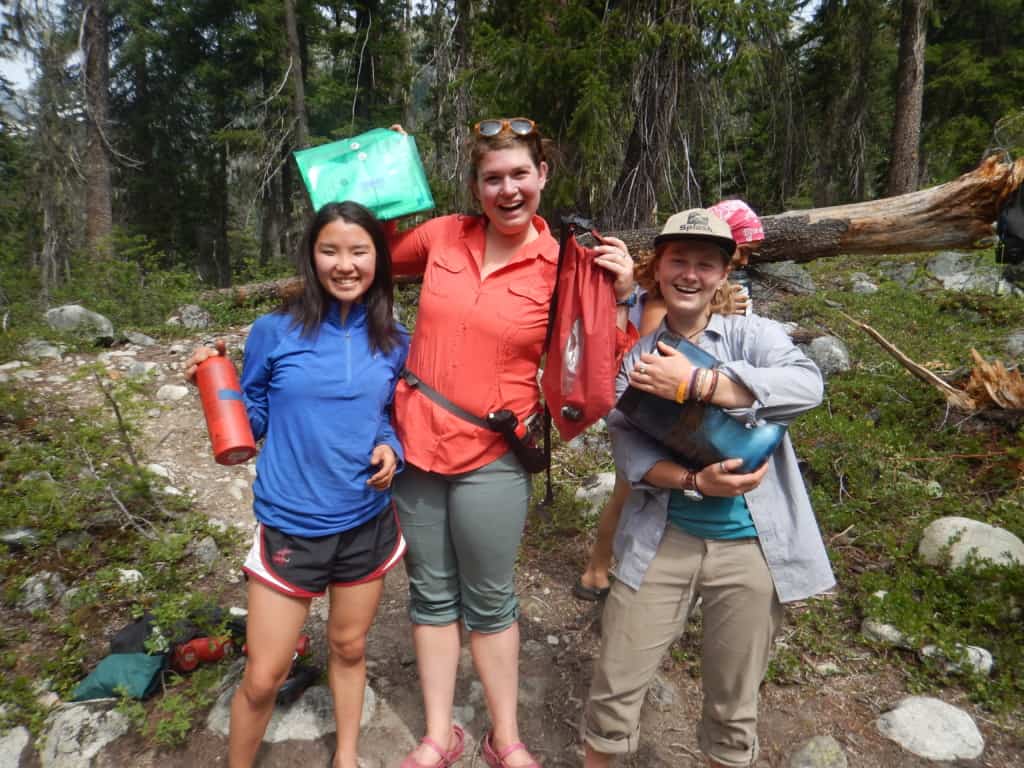
I put together a lesson to identify the different kinds of plants that we saw along the trail and at campsites—using a dichotomous key as a tool for identification. When lesson-planning for the trip, I hadn’t planned on making it a continuous lesson throughout the entire trip, however, this made a lot of sense and made it more of a fun project than a sit-down lecture. I based the lesson off a botany class I took last spring, except in that class we did our work mainly through labs.
During our trip, the students learned about why plants are important and how they can affect an ecosystem or biodiversity. We also discussed how this information is used by scientists and the jobs included in this field of ecology/biology. It was really amazing to see a couple students using the dichotomous keys in their free time, asking questions about ferns and their plant structure. It was just really special to see how much the lesson had actually stuck with them.
On this trip we went over Easy Pass, around Mount Baker, Diablo Lake and along the Pacific Crest Trail (PCT). On my previous trips as a student we mainly stayed on Ross Lake and hiked around the area, but the closing of Ross Lake let us explore different areas of the North Cascades. We hiked along the PCT at the start of the first of the two trips, followed up by our challenge day, stewardship/service days and visitor day towards the end of the trip. My second trip started out with backpacking and we switched over to canoeing on the last few days.
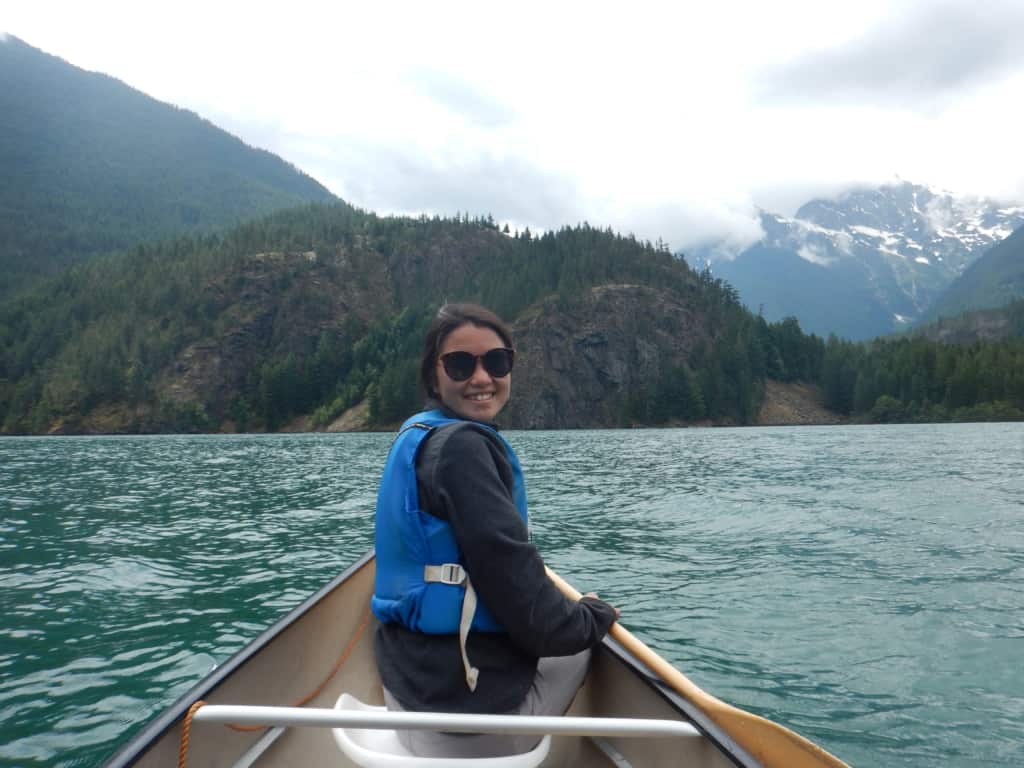
For service days, my first trip worked on the PCT off of South Fork doing a bunch of trail clearance of branches and things in the way of the path. The students loved all the Trail Crew members and we had some of the best “spotlight” meals of the trip with the three of them. Spotlight meals are when one person talks about their life and everyone else asks questions. It is usually just a fun conversation and we all get to learn about the spotlight person.
My second trip we worked on Stetattle Creek Trail doing trail expansion and clearance. The hike up was really pretty with a bunch of swimming spots but it was probably the second hardest hike we had done on the trip. Wash-outs were pretty common on the first section of the trail and it was almost entirely uphill. We also had shovels, and handsaws and a lot of other gear to carry. The group suggested that this may have been our Challenge Day instead, but it was some of the best work I had seen the students do and they were very proud of it.
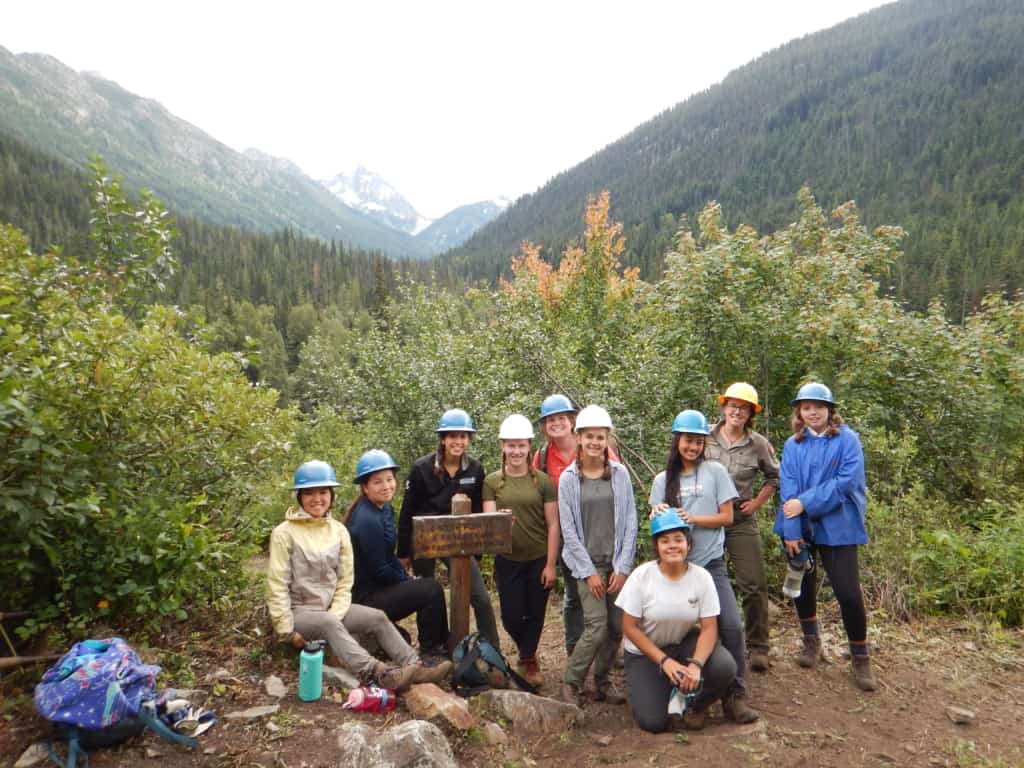
Our Challenge Days this summer had some of the best views I have ever seen. We hiked about 8 to 11 miles on each Challenge Day, earning a few blisters and bruises on the way. However, it was such a rewarding moment when we reached the summit and celebrated it with lunch and some fun group pictures to mark the big day! I also recall a couple of students saying their highs of those days were the views as well. The students remarked, “I would never be able to see some of these views from the road, this is something much more and we are doing it on foot and with a 40 something pound backpack full of our food and gear for the trip”.
This internship was a great look into what teaching is like and I am glad I was able to be a part of such a great community. The biggest thing I learned this summer was that I’d rather be able to travel and be a part of big projects doing research, fieldwork and lab work over teaching environmental education specifically. Originally, my goal was to transfer to Western Washington’s Huxley College for the environmental programs but I’m currently enrolled at Skagit Valley College, and they offer a four year degree in Environmental Conservation.
This program and the people I have met so far have been very helpful in shedding new light on career possibilities for conservation work. I am looking forward to learning about the many different pathways I might take to better understand and help the environment!
